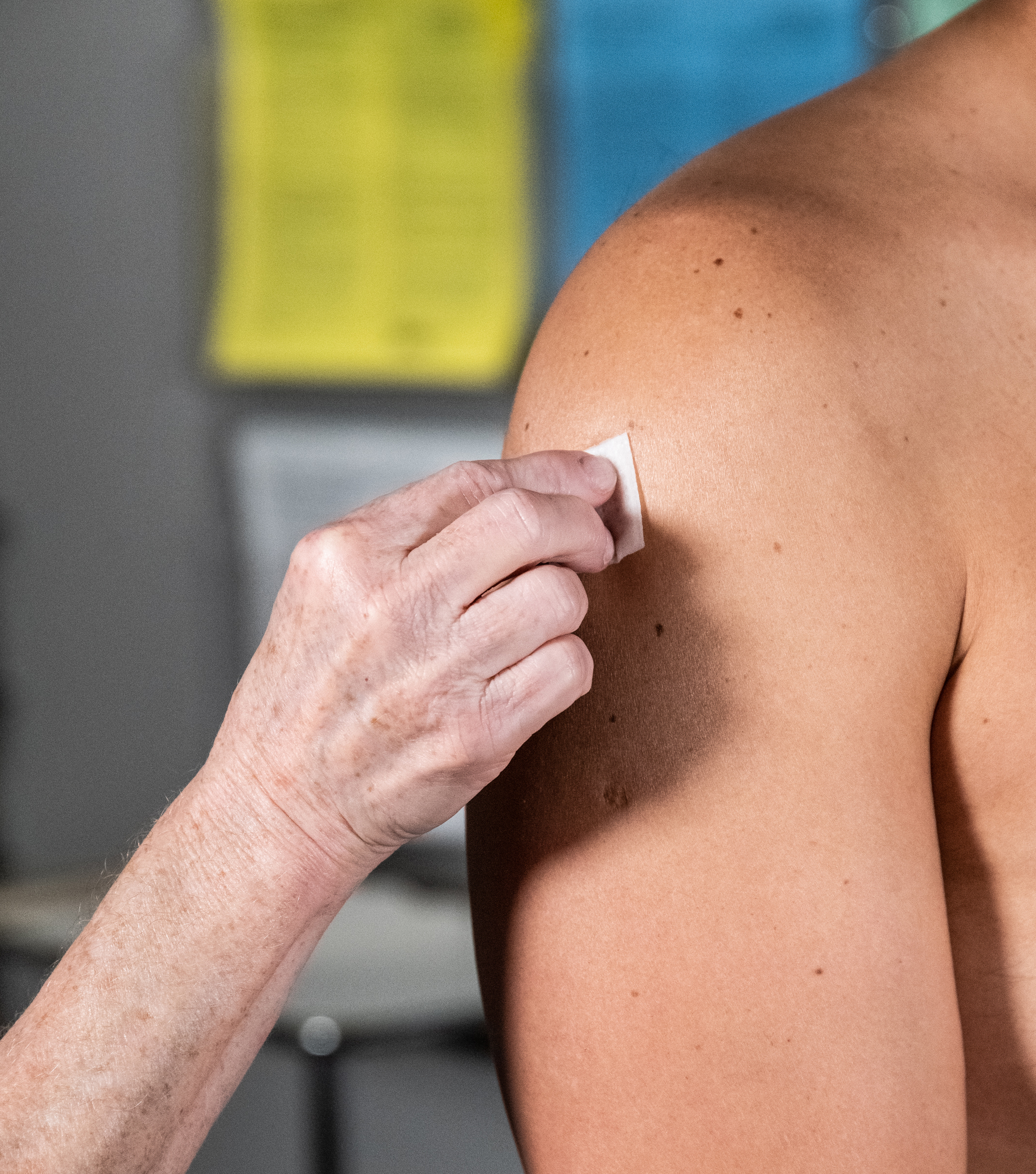What to know
If you've been informed that you are a close contact of a person with monkeypox, it’s important to take steps to protect your health and the health of others.

Watch for symptoms
Watch for symptoms of monkeypox for 21 days from the date of your last exposure.
People with monkeypox can get a rash on any part of the body, like the genitals, anus (butthole), hands, feet, chest, face, or mouth. The rash will go through several stages, including scabs, before healing. The rash can initially look like pimples or blisters and may be painful or itchy. Sometimes people have flu-like symptoms before the rash. Some people get a rash first, followed by other symptoms. Others only experience a rash.
Other symptoms of monkeypox can include:
- Fever
- Chills
- Swollen lymph nodes
- Exhaustion
- Muscle aches and backache
- Headache
- Respiratory symptoms (for example, sore throat, nasal congestion, or cough)
People may experience all or only a few symptoms.
Get vaccinated
- Close contacts of someone who has monkeypox can get vaccinated to prevent or lessen the severity of disease.
- Getting vaccinated as soon as possible after exposure to someone with monkeypox (if exposed less than 14 days ago, ideally within 4 days of exposure) provides the best chance to prevent the disease or make it less severe.
- Learn more about monkeypox vaccination, including who should get vaccinated, where to get vaccinated, cost, and more.
- If you need help deciding whether you should get vaccinated, talk to a healthcare provider or contact your local health department. They can help you determine if you should get vaccinated.
See a healthcare provider if you develop symptoms
If you have a new or unexplained rash or other monkeypox symptoms, see a healthcare provider.
If you don't have a provider or health insurance, contact your local health department to find out how to access the healthcare services in your community.
- Stay away from other people and avoid sharing things you have used or touched until you see a healthcare provider.
- Before you see a healthcare provider, cover all parts of the rash with clothing, gloves, or bandages, wear a mask, and let them know you may have monkeypox.
- Do not touch or scratch the rash. This can spread the rash to other parts of your body, increase the chance of spreading the virus to others, and possibly cause open lesions to become infected by bacteria.
Testing for monkeypox
Currently, testing is only recommended if you have a rash consistent with monkeypox. Your healthcare provider will help you decide if you need to be tested for monkeypox, and can order a monkeypox test. The provider may take a specimen and send it to a lab for testing, or they may send you to a lab for both specimen collection and testing.
It’s important to notify your close contacts that they may have been exposed to monkeypox as soon as possible.
